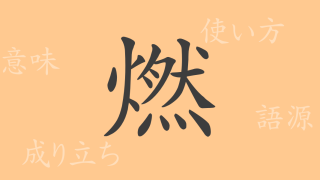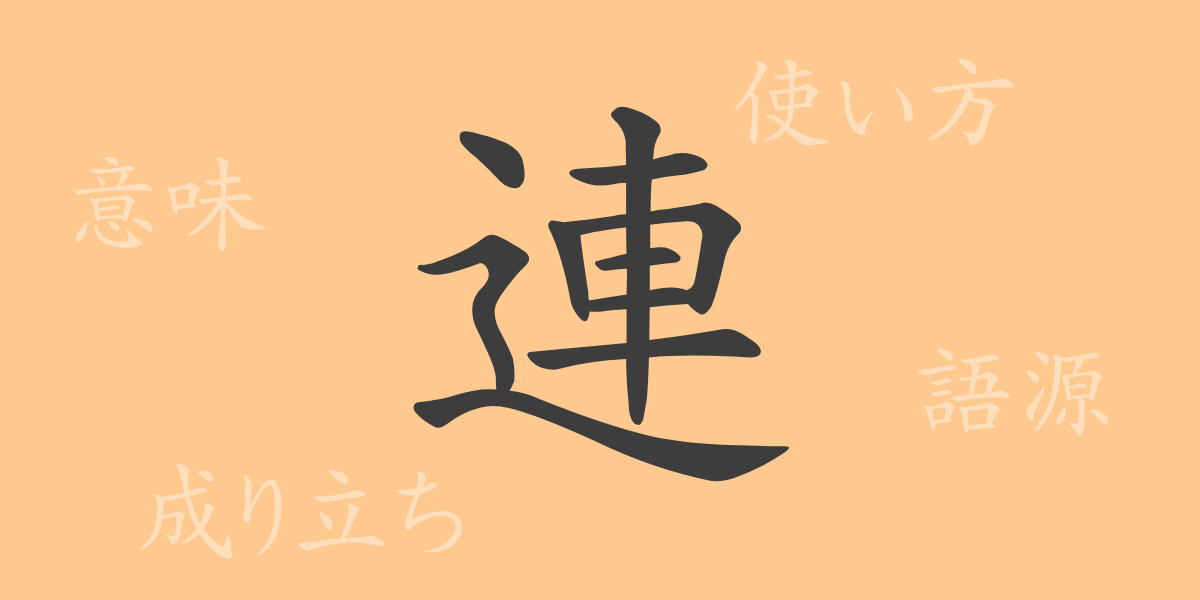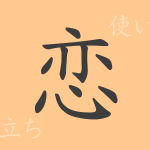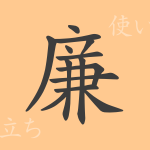The Japanese language is rich with Kanji (Chinese characters), each carrying its own meaning and history, which serve as keys to understanding Japanese culture. Today, we focus on the frequently used 常用漢字(Jouyou Kanji) “連” (ren), exploring its etymology, modern usage, and presence in idioms and proverbs. We delve into how this single character has become an indispensable element in Japanese communication and expression.
The Etymology of 連 (Ren)
The Kanji “連” (ren) originated in ancient China, combining the part representing “車” (kuruma) or “vehicle” and the “辶” (shinnyou) part meaning “walking person.” This combination symbolizes vehicles moving in a row, thus acquiring the meanings of “connecting” and “continuing.” Over time, its form evolved into the present “連” (ren), but the fundamental concept has remained unchanged since ancient times.
The Meaning and Usage of 連 (Ren)
The Kanji “連” (ren) means “to connect,” “together,” and “continuous.” This character is used to represent states where people or things are linked or connected. It appears in everyday words such as “連れる” (tsureru – to lead), “連絡” (renraku – contact), and “連休” (renkyuu – consecutive holidays), demonstrating its versatile usage in various contexts.
Reading, Stroke Count, and Radical of 連 (Ren)
Understanding the readings and components of the Kanji “連” (ren) can provide deeper insight into its meaning.
- Readings: The On’yomi (音読み) is “レン” (ren), while the Kun’yomi (訓読み) readings are “つら.なる” (tsura.naru), “つら.ねる” (tsura.neru), and “つ.れる” (tsu.reru).
- Stroke Count: “連” (ren) has 10 strokes.
- Radical: The radical of this Kanji is “辵” (shinnyou).
Idioms, Proverbs, and Expressions Using 連 (Ren)
There are numerous idioms, proverbs, and expressions that include “連” (ren), showcasing the richness of Japanese expressions.
For example, “連日” (renjitsu) means “day after day,” “連想” (rensou) refers to “association of ideas,” and “連中” (renchuu) denotes a group of people together. The proverb “連理の枝” (renri no eda) describes intertwined branches of two trees, symbolizing the deep bond between a married couple.
Summary of 連 (Ren)
Each Kanji character carries a deep history and cultural background, and “連” (ren) is no exception. This character is embedded in daily conversations, literature, and even proverbs in various forms. Through this exploration, we hope you have grasped the wide-ranging meanings of “連” (ren) and how it enriches Japanese expression. Understanding the meanings behind each word is a step towards appreciating the depth of the language and aiming for more profound communication.

























